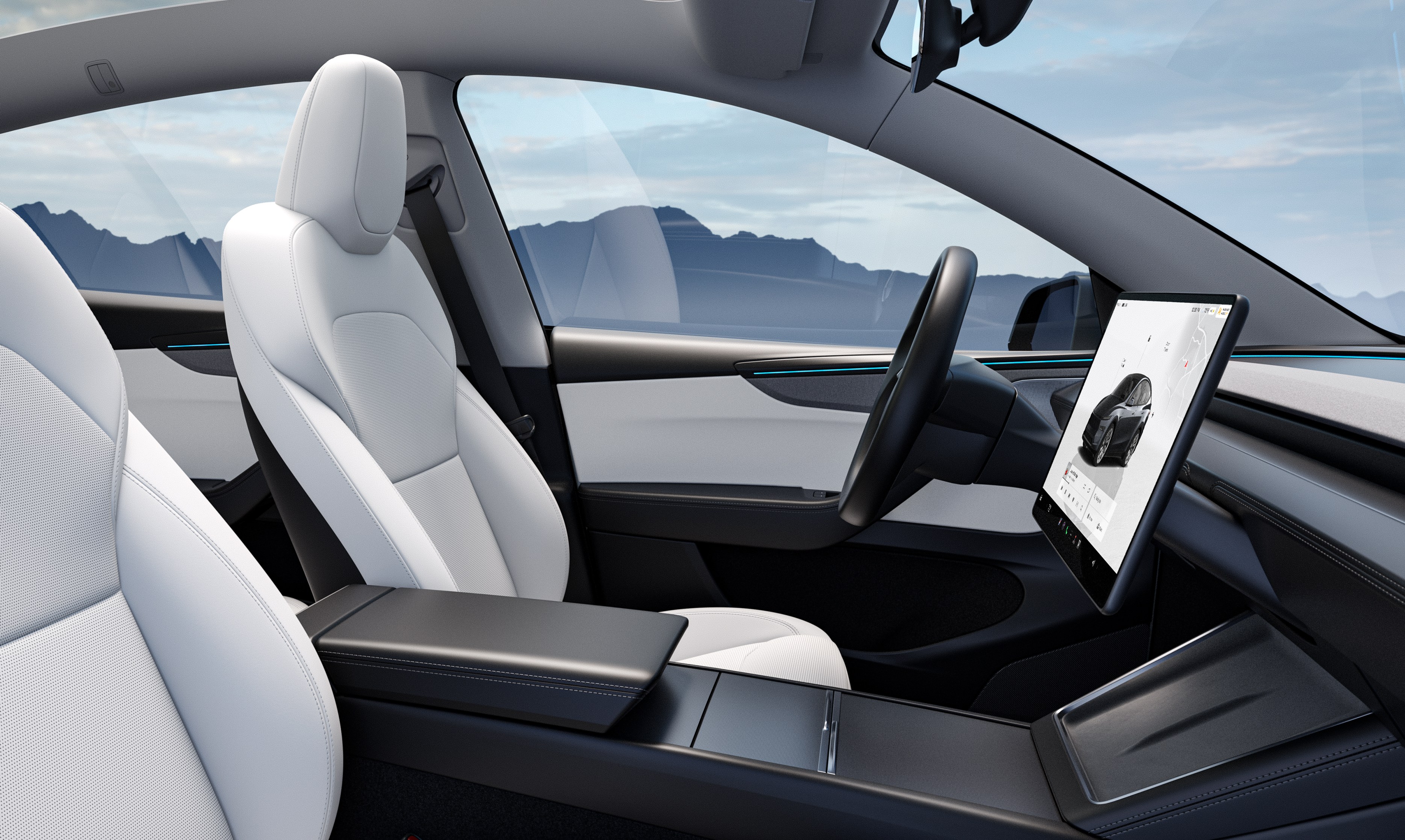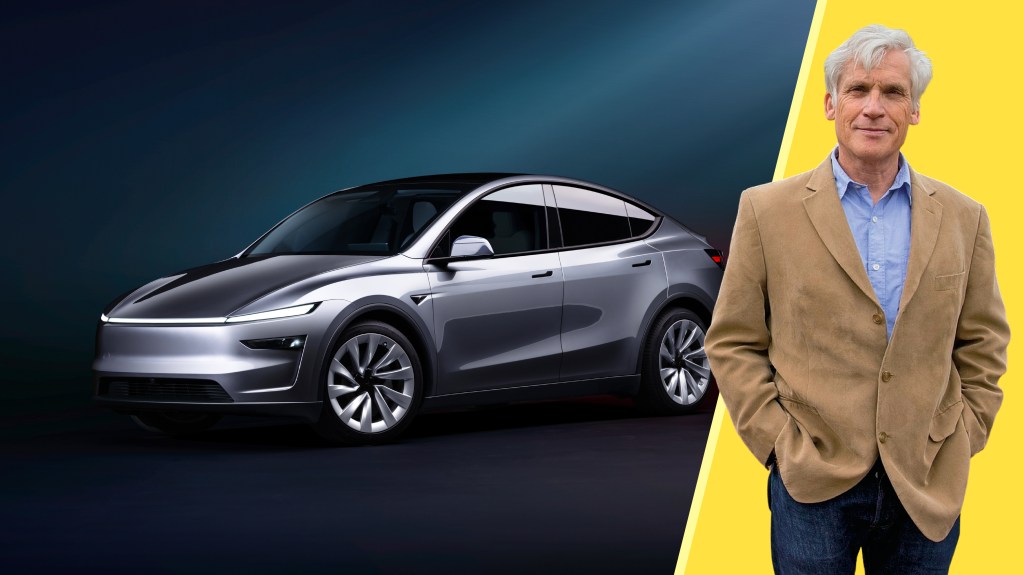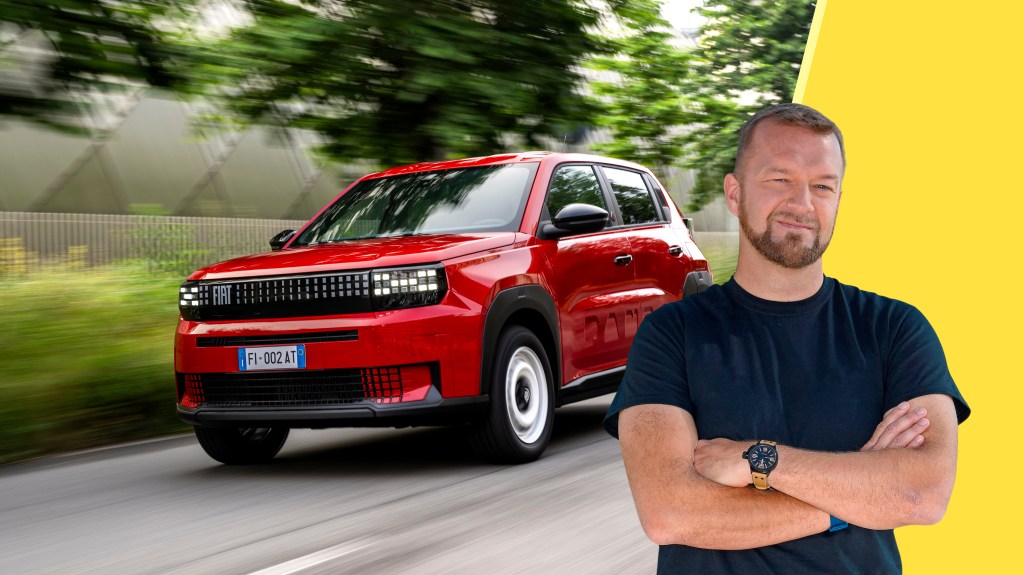Tesla Model Y Review: Enhancements Lead the Way for 2023
The Tesla Model Y emerged as the world’s best-selling vehicle last year, securing its place as the top choice not just among electric cars but across all categories, with sales surpassing 1.09 million units, outpacing even the popular Toyota Corolla. Despite this impressive success, Elon Musk’s recent controversies, dubbed “Elongate,” have negatively impacted Tesla’s sales by 13 percent and diminished the company’s market value by £35 billion, a decline reminiscent of infamous corporate missteps.
For the diligent Tesla team, the latest Model Y proves to be a superb car that has seen significant improvements, particularly in ride comfort and quality. Tesla has cleverly addressed one of the primary frustrations for electric vehicle owners: discomfort over potholes and speed bumps. The ride experience during cornering was previously known to be jarring, a common issue stemming from the traditional “skateboard” platform design employed by Tesla and others, characterized by a rigid battery spanning the vehicle’s base.
The redesigned Model Y transforms this experience, effortlessly absorbing bumps in the road akin to high-end luxury vehicles like Bentley and Rolls-Royce. Enhanced acoustic insulation ensures that the cabin remains remarkably quiet, effectively drowning out tire and wind noise. As a humorous take, one Tesla employee suggested that Musk could benefit from spending some quiet time inside the cabin.
The Model Y Launch Series, priced at £60,990, is the first to be available for purchase, featuring all-wheel drive and an impressive range of 364 miles. While the 75kWh battery remains from the previous model, this updated version achieves approximately 30 additional miles of range due to its aerodynamic enhancements. Opting for 20-inch alloy wheels, versus the standard 19-inch, slightly reduces the range to 353 miles. A single-motor variant, set to launch in June, is anticipated to have a 311-mile range, priced about £16,000 lower.
These updates rectify some minor annoyances found in the previous iteration. Notably, the former absence of an indicator stalk has been corrected; rather than relying on touch-sensitive buttons that could shift with the steering wheel’s rotation, the new Model Y reinstates the classic stalk.
Additional thoughtful upgrades include a nozzle for cleaning the forward-facing camera, practical for mud accumulation, a downward-facing rear light bar to minimize glare for following drivers, and a spacious center console bin designed to accommodate larger items like a Thermos.
However, if you prefer analogue controls, the Model Y may not align with your preferences, as nearly all functions—including gear shifting—are managed through a large touchscreen interface. Commanding actions such as selecting forward or reverse involves engaging the brake and swiping the screen. Climate control, navigation, audio, and other settings are also centralized within the display, although it remains user-friendly even for those less tech-savvy.
While there are still a few physical buttons, including one in the trunk for lowering the rear seats, most operations are digitally controlled. The rear parcel shelf uses magnetic retention for easy access, while the tailgate can be opened via the touchscreen, an app, or a button on the boot lid, with ample space available for items like a large stroller or multiple luggage pieces.

One of Tesla’s most significant advantages is its extensive supercharger network, currently unrivaled, with over 150 charging stations throughout the UK and Ireland, equipped with more than 1,600 individual charging bays. The company’s early investment allowed it to secure prime locations for these charging facilities, and the Tesla app facilitates route planning to the nearest station.
Critics of the Model Y point out that while some driver-assist technologies function admirably, others fall short of expectations. The active cruise control system adeptly modulates speed in accordance with legal limits and maintains safe distances from other vehicles. However, the Autosteer feature, which should navigate bends and bypass parked cars, proved challenging to engage, requiring ongoing driver input such as subtle steering adjustments to keep the system active. This reliance on vigilance raises questions about its practicality.
The Full Self-Driving (FSD) feature, offered at a cost of £6,800, is still not fully operational. It promises capabilities such as automated steering, parking, and seamless lane changes when legislation permits, yet Tesla has marketed this option for over six years without activating it.
In most aspects, the Model Y excels. A previous concern involved Tesla charging owners for specific functionalities after a short complimentary period; this was especially true with rear-seat heating in the Model 3. The latest Model Y comes equipped with standard heating for both front and rear seats. However, Tesla maintains a £9.99 monthly fee for “premium connectivity,” which unlocks features like real-time traffic information and access to streaming platforms. Features such as Apple CarPlay and Android Auto are currently unavailable, though phone connectivity to the vehicle is possible.
A notable feature, “Sentry Mode,” enhances security by utilizing the vehicle’s external cameras to record any suspicious activity when the car is locked, storing footage on a USB drive. This offers an added layer of protection in today’s unpredictable environment.




Post Comment